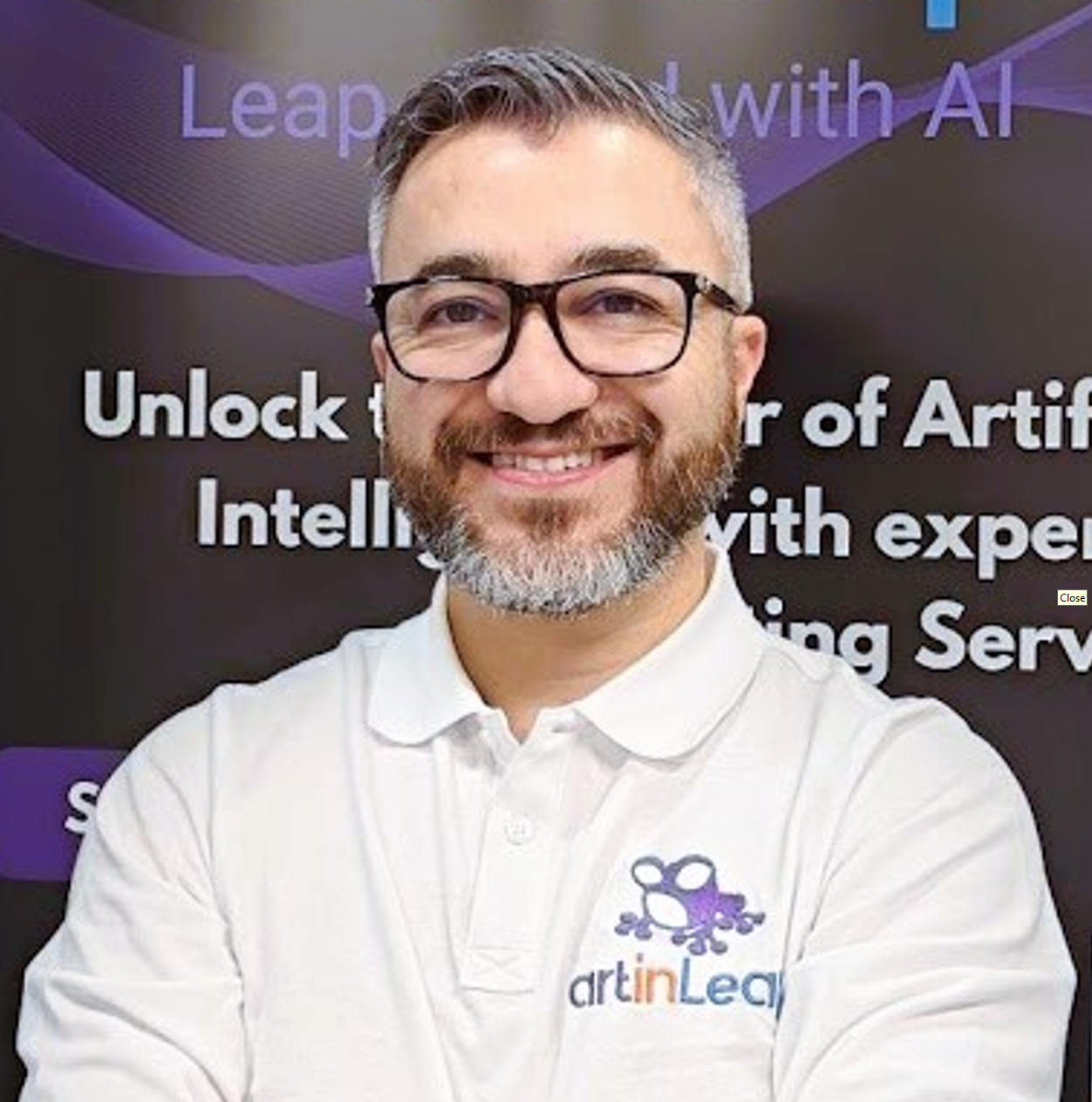Artificial Intelligence (AI) is rapidly transforming how businesses operate, offering new opportunities and challenges across all sectors. To understand how this technology can benefit a company, it is essential to explore its origins, fundamental principles, and applications.
A brief history of Artificial Intelligence
The early stages of AI date back to the 1950s, with the idea of mimicking human cognition through machines. Alan Turing, the founding father of modern computing, proposed the Turing Test to evaluate whether a machine could think indistinguishably from a human. However, the technological capabilities of the time were limited. Early programs solved simple mathematical problems or played chess, but they remained far from human complexity.
In the 1980s, advancements enabled the development of machine learning algorithms. These used data to improve model performance. The emergence of deep learning in the 2010s, with artificial neural networks inspired by the brain’s structure, marked a turning point. The advent of Large Language Models (LLMs), such as OpenAI’s ChatGPT or Claude, opened new application fields, particularly in generative AI. These models can produce text, music, images, and even videos in response to specific instructions.
The AI market has experienced exponential growth over the last decade. In 2023, 2.5 quintillion bytes of data were created daily, fueling machine learning and deep learning systems.
Understanding how AI works
Artificial intelligence relies on machines’ ability to learn and perform tasks typically reserved for humans. It is divided into several subfields, including machine learning (ML) and deep learning (DL). ML uses algorithms to analyze data, identify patterns, and make predictions. DL, on the other hand, employs deep neural networks to model complex problems. These networks consist of multiple interconnected layers that extract high-level information from raw data.
Generative AIs, such as ChatGPT, create new texts, images, or videos. They operate through mathematical representations called vector spaces, where every word, image, or concept is transformed into a vector in a multidimensional space. These models use billions of parameters to understand and generate coherent content. Their training requires vast datasets and significant computational resources.
The benefits of Artificial Intelligence for businesses
Artificial intelligence serves as a strategic lever for businesses, enabling cost optimization, increased efficiency, and new opportunities. By automating repetitive processes, it frees human resources for higher-value activities. Additionally, AI supports informed decision-making through accurate predictive analytics based on reliable data.
In marketing, AI solutions tailor content to specific audiences. They generate product descriptions in seconds and enhance visuals for e-commerce platforms. Chatbots integrated into websites enrich the customer experience, offering quick responses and personalized interactions.
In human resources, AI simplifies candidate screening by effectively identifying the desired profiles. It also customizes training based on individual needs and facilitates performance tracking with automated indicators. These technologies provide managers with actionable insights to better lead their teams.
Marketing also benefits from AI in campaign optimization. Real-time data analysis enables precise consumer targeting, anticipating their expectations and creating relevant advertising content. Companies can quickly respond to market trends while strengthening their messages.
Logistics operations leverage algorithms to forecast supply needs, reduce costs, and improve inventory management. Computer vision helps control product quality, thereby increasing reliability and customer satisfaction. SMEs can stand out through enhanced operational efficiency.
With AI, businesses can conduct strategic monitoring of their industry, analyze competitors, and keep up with regulatory changes. This ability to capture and interpret market signals gives them a competitive advantage and allows for quick adjustments to their strategies.
Internally, AI boosts collaboration and productivity. Tools like ChatGPT assist employees in tasks such as writing, research, or translation. For technical teams, AI Copilot simplifies code creation and validation. Finally, predictive analytics helps better understand trends, refine strategies, and seize new opportunities.
How to integrate AI into your organization
AI integration begins with a thorough needs analysis. Identify processes that could be improved or automated. To minimize resistance, involve teams early in the project and offer training to demystify AI. Create an environment where employees can freely experiment with AI tools while being supported.
It is crucial to choose solutions that fit your needs. Open-source models, like Mistral, are suitable for sensitive data, while OpenAI, for instance, provides ready-to-use offerings. Ensure models comply with data protection regulations. Adopt local hosting solutions for sensitive sectors such as healthcare or aerospace.
AI is often perceived as a technology reserved for large corporations. However, its applications are rapidly becoming more accessible, and SMEs that embrace AI can gain a lasting competitive edge. Integrating AI does not mean replacing humans but enhancing their capabilities. Business leaders who adopt this vision will see their organizations thrive in an increasingly competitive world.
Ethical challenges and biases
Despite its advantages, AI presents significant challenges. Data biases influence decisions, which can affect the reliability of results. Companies must train their teams on these tools, as internal expertise is essential for fully leveraging these technologies. However, the cost of implementation remains a barrier for some SMEs, even though tailored solutions allow for modest beginnings.
Inherent biases in AI models raise major ethical concerns. Among them, over-simplification of data can lead to erroneous generalizations, sometimes amplifying cultural stereotypes. These issues undermine the reliability of systems and can lead to the spread of misinformation. AI hallucinations, where models produce inaccurate or fabricated responses, highlight this limitation.
To minimize these risks, several measures can be implemented. Regular performance verification and bias correction are essential. Developing explainable models strengthens user understanding and trust. User training is crucial to raise awareness of the tools’ capabilities and limitations. Finally, aligning with regulations such as the European AI Act ensures responsible AI use. Adopted by the European Union in 2024, the AI Act imposes strict obligations on high-risk systems, including transparency, human oversight, and the prohibition of unacceptable technologies.
Impact on employment and skills development
AI is profoundly reshaping the job market. Some studies estimate that up to 40% of current jobs could be automated within the next decade. However, this evolution also creates unprecedented opportunities. By delegating repetitive tasks to machines, professionals can focus on higher-value activities, such as analysis or strategy. New professions, such as prompt engineers or AI ethics specialists, are emerging. Companies will also need to invest in continuous training to develop their teams’ skills.
So, are you ready to embrace the AI revolution?











